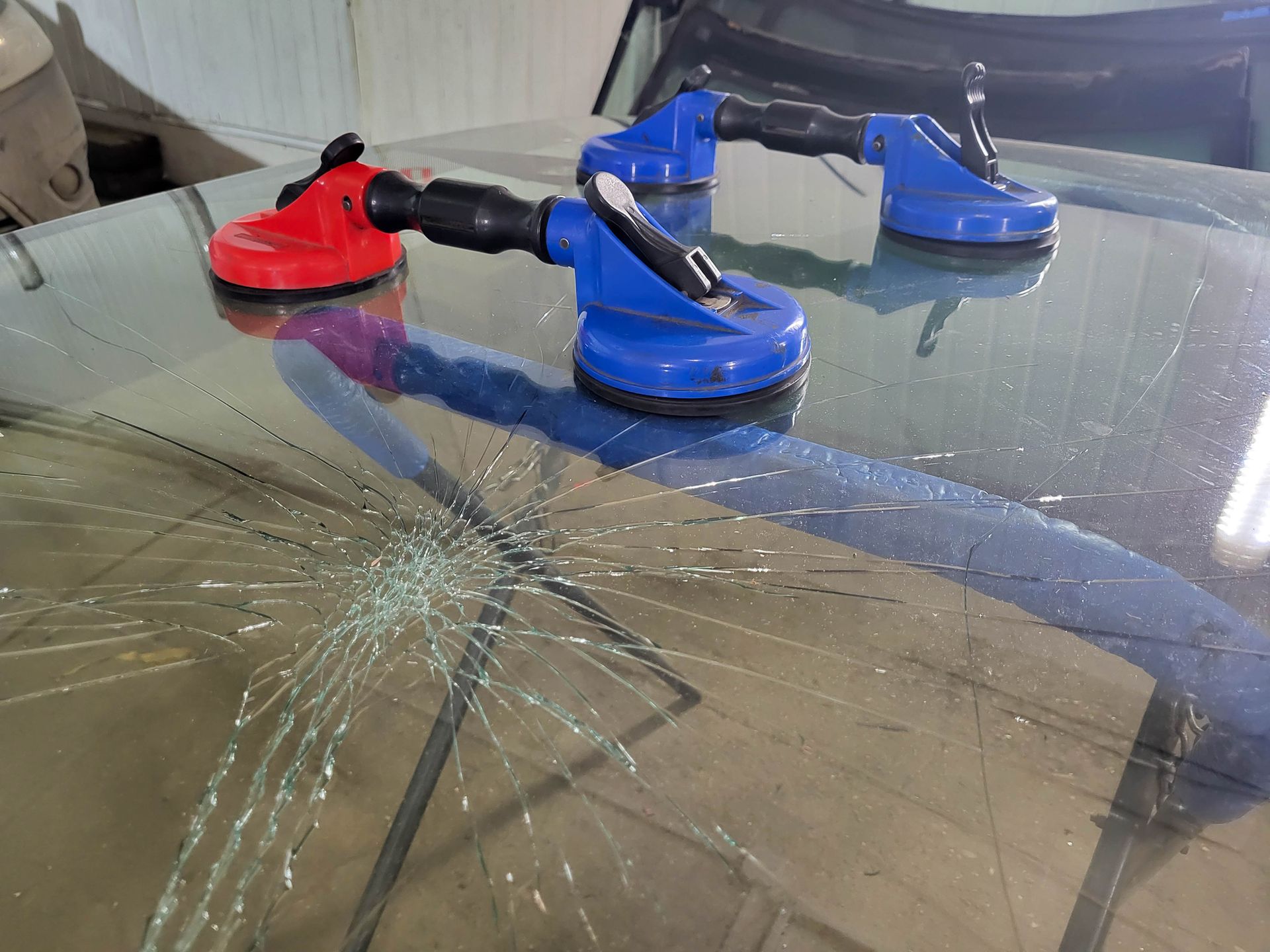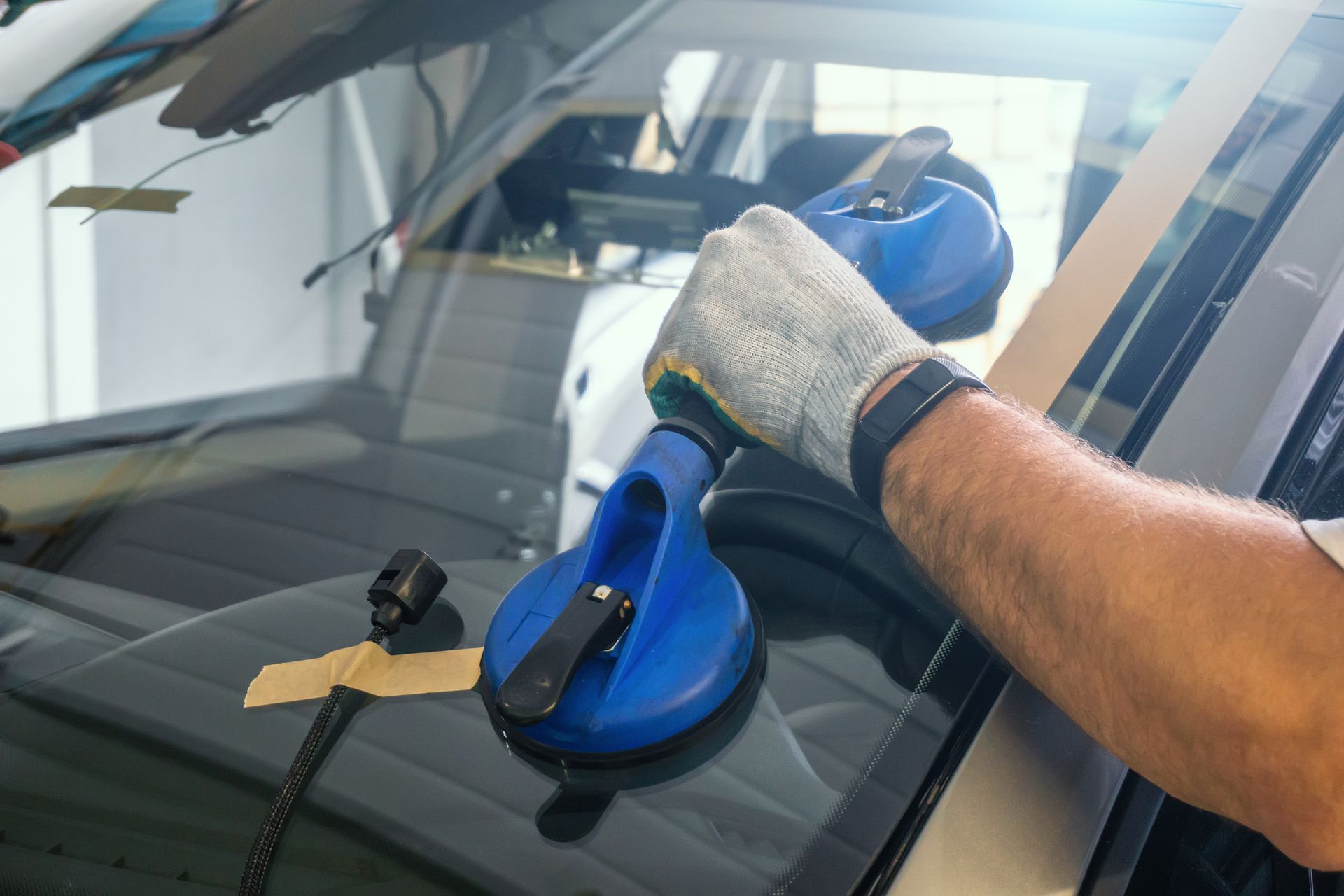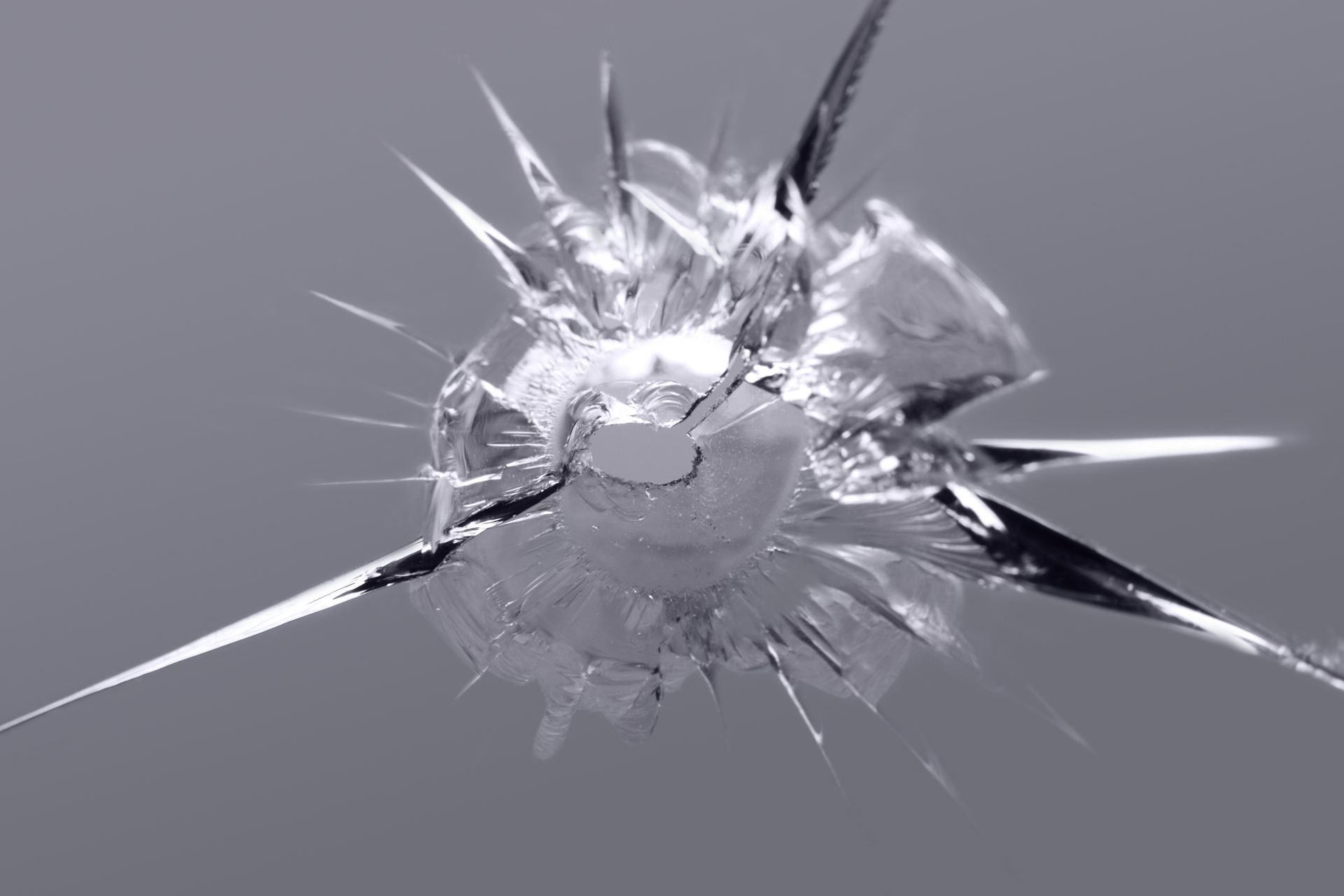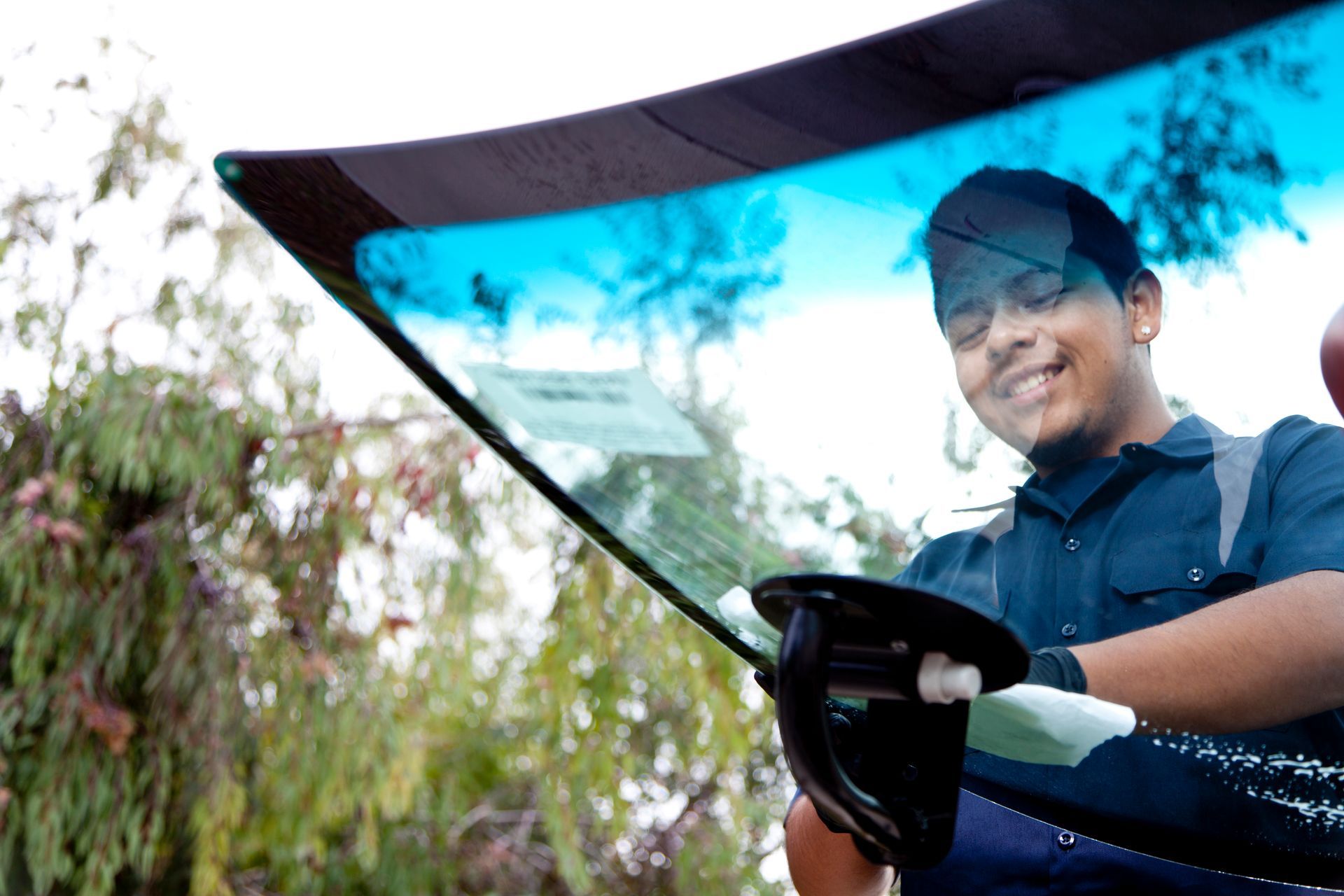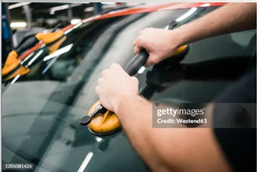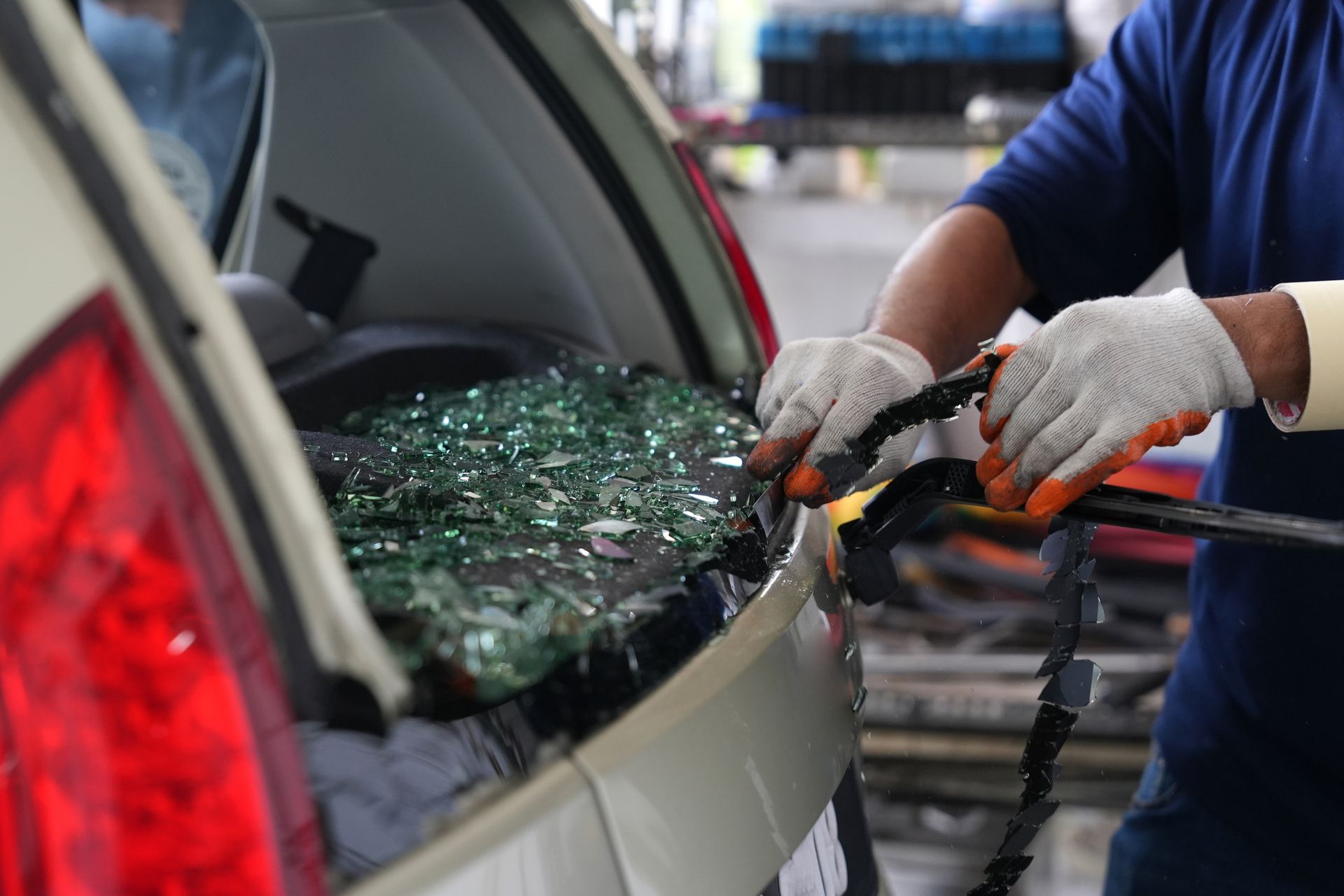What You Should Know About Windshield Calibration

Windshield calibration is a crucial aspect of modern vehicle maintenance that ensures the accuracy and functionality of advanced driver-assistance systems (ADAS). With the rise of sophisticated safety features, understanding windshield calibration has become more important than ever. This guide will provide a comprehensive overview of what windshield calibration entails, why it's essential, and what you should expect during the process.
Understanding Windshield Calibration
Windshield calibration involves adjusting and aligning the ADAS cameras and sensors mounted on or near the windshield. These systems include lane departure warnings, adaptive cruise control, collision avoidance systems, and more. Proper calibration ensures these features function correctly, providing accurate data and enhancing vehicle safety.
Types of Calibration
There are two primary types of windshield calibration.
- Static Calibration: This method requires stationary calibration equipment, usually performed in a controlled environment such as a workshop. The vehicle remains stationary while technicians use specialized tools to align the ADAS cameras and sensors.
- Dynamic Calibration: This approach involves driving the vehicle on specified roads under certain conditions. The vehicle's ADAS systems are calibrated in real-time as it encounters various scenarios and environments.
Both methods are essential, and some vehicles may require a combination of both static and dynamic calibration for optimal performance.
Importance of Windshield Calibration
Ensuring the accuracy of your vehicle’s ADAS is vital for several reasons.
- Safety: Accurate calibration allows ADAS to function correctly, enhancing driver and passenger safety by providing reliable warnings and assistance during driving.
- Legal Compliance: Many regions have regulations requiring proper ADAS calibration. Compliance not only ensures safety but also avoids potential legal issues.
- Insurance Requirements: Some insurance policies mandate ADAS calibration after windshield replacement or repair. Meeting these requirements can prevent complications with claims.
- Vehicle Performance: Proper calibration maintains the integrity of your vehicle's advanced systems, ensuring optimal performance and longevity.
When Is Windshield Calibration Necessary?
Several situations necessitate windshield calibration, including the following.
- Windshield Replacement: Anytime the windshield is replaced, calibration is required to ensure the ADAS cameras and sensors are correctly aligned with the new glass.
- ADAS Repairs or Replacements: If any component of the ADAS is repaired or replaced, recalibration is necessary to maintain system accuracy.
- Vehicle Accidents: Collisions can knock ADAS sensors out of alignment, making calibration essential to restore system functionality.
- Suspension Adjustments: Changes to the vehicle's suspension can affect sensor alignment, requiring recalibration to compensate for the alterations.
The Calibration Process
Understanding the calibration process can help set expectations and ensure you choose a qualified service provider.
Preparation
Technicians begin by inspecting the vehicle and verifying that all ADAS components are functioning correctly. They will also confirm that the windshield and sensors are clean and free of obstructions.
Static Calibration
For static calibration, technicians use specialized targets and alignment tools. The vehicle is positioned in a controlled environment, and the technicians follow specific procedures to adjust the ADAS sensors and cameras. This process ensures precise alignment and accuracy.
Dynamic Calibration
Dynamic calibration requires road tests under specific conditions. Technicians drive the vehicle while connected to calibration equipment that monitors and adjusts the ADAS systems in real-time. This process ensures that the sensors and cameras perform accurately in various driving scenarios.
Final Checks
After calibration, technicians perform final checks to confirm the accuracy and functionality of the ADAS systems. Any necessary adjustments are made, and a report is typically provided to document the calibration.
Choosing a Service Provider
Selecting a qualified service provider is crucial for effective windshield calibration. Consider the following factors.
- Certification: Ensure the technicians are certified and trained in ADAS calibration. Look for providers that meet industry standards and manufacturer requirements.
- Equipment: Verify that the service provider uses up-to-date and manufacturer-approved calibration equipment.
- Experience: Choose a provider with a proven track record in ADAS calibration, particularly for your vehicle make and model.
Preventative Measures
Regular maintenance and mindful driving can help maintain ADAS functionality and reduce the frequency of calibration.
- Clean Windshield: Keep the windshield clean and clear of debris to prevent obstructing the ADAS sensors and cameras.
- Careful Driving: Avoid aggressive driving and unnecessary impacts that can misalign sensors.
- Regular Inspections: Periodically have your vehicle inspected to ensure all ADAS components are functioning correctly.
Windshield calibration is an essential aspect of maintaining modern vehicles equipped with ADAS. Ensuring proper calibration enhances safety, complies with legal requirements, and maintains vehicle performance. By understanding the importance of windshield calibration and choosing a qualified service provider, drivers can ensure their ADAS functions accurately and reliably.
Taking preventative measures and staying informed about the calibration process will contribute to a safer and more efficient driving experience. For further assistance and professional windshield calibration services, contact us today to schedule an appointment. Drive safely and confidently with properly calibrated ADAS systems.

